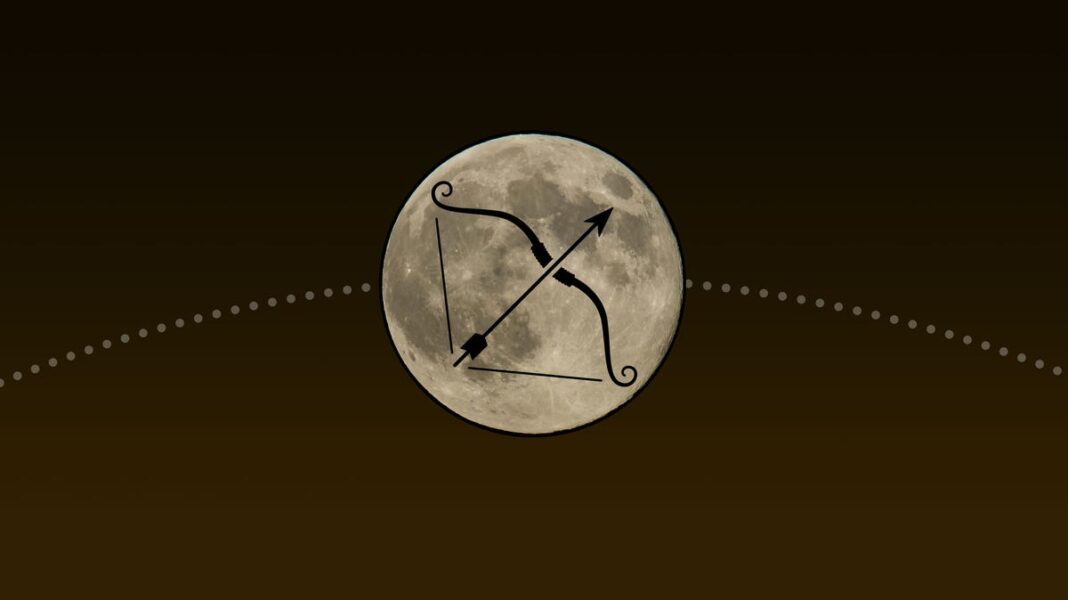The first full moon of autumn — also one of the four ‘supermoons’ of this year — rises in the eastern sky today. Known as the Hunter’s Moon, it is the first full moon after the harvest moon that occurs near the autumn equinox in September. Though the moon will reach its peak brightness at 7:26 a.m. ET, it won’t be visible then as it will be below the horizon. The Old Farmer’s Almanac recommends waiting until sunset to see it as it rises and makes its way across the sky.
The names of the full moons originate from the almanac, a publication that has been issued periodically since the 18th century. The almanac itself draws from Native American traditions, Colonial American customs, and other North American sources passed down through generations. The October Hunter’s Moon signifies the period when hunters begin harvesting wild game, like deer, to store for the cold winter ahead. Animals typically increase their fat reserves to prepare for the season.
The term “hunter’s moon” was first documented in 1710 as per the Oxford English Dictionary.
The following full moon — referred to as the Beaver Moon — will take place on November 15.
Understanding Moon Phases
The full moon represents the midpoint of the lunar cycle when the Earth aligns directly between the sun and the moon. It takes about 30 days for the moon to complete its orbit around the Earth, marking a full lunar cycle.
What is a Supermoon?
A supermoon occurs when the moon’s trajectory brings it closer to the Earth than usual. This phenomenon happens when a full moon coincides with the moon’s proximity to Earth, known as perigee — the point at which the moon is closest to Earth in its orbit. At perigee, the moon is approximately 221,519 miles away and appears larger and brighter than an ordinary full moon.
Conversely, when the moon reaches its apogee, it is at its farthest distance from Earth, around 252,712 miles away. A full moon occurring at apogee is referred to as a micromoon.

